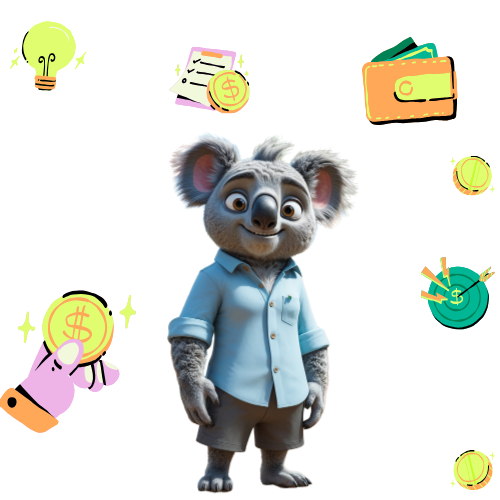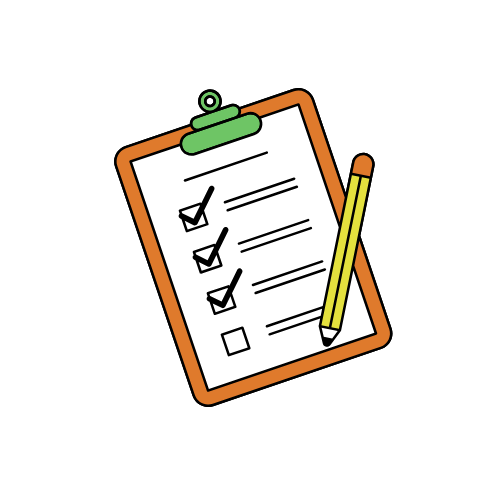Teachers and Parents
Money Basics

Give them a head start on the most important subject they’ll never learn enough about.
In a world driven by transactions — from tapping a smart watch to buying a first bike — money is more than numbers.
It’s language. Culture. Power.
And the sooner kids understand how it works, the sooner they learn how to use it with intention.
This guide is designed to support educators and parents in delivering foundational financial concepts in ways that are age-appropriate, intuitive, and built for real-world relevance.
Because money isn’t just something to spend.
It’s something to understand.
🐨 Ages 5 to 7 – Money Explorers
Where questions are big and attention spans are small.
Young minds don’t need complexity. They need clarity.
This stage is all about building familiarity — what money looks like, why we use it, and how it helps us make choices.
✔️ Focus Areas:
- What is money? It’s how we buy things we need and want.
- Why don’t we just trade stuff? A peek into bartering — and why it didn’t last.
- What do banks do? Think: grown-up piggy banks that keep money safe.
- Recognising coins and notes: Especially Aussie dollars, with a nod to global currencies.
- Early value recognition: $2 doesn’t mean “more fun” if you don’t know what it buys.
📌 Teaching Tip: Use hands-on activities. Matching coins to toys, drawing their own currency, or setting up a play store encourages money talk through play.
🦘 Ages 8 to 12 – Smart Spenders
Where curiosity meets capability.
At this age, kids begin to make connections between effort, value, and cost.
They’re ready to move beyond what money is to how it works.
✔️ Focus Areas:
- The evolution of money: From bartering to Bitcoin — how we got here.
- What gives money value? The concept of trust, systems, and government backing.
- Banks decoded: Savings, withdrawals, deposits — and why money doesn’t just “sit.”
- Inflation made simple: Why a toy might cost more next year than it does today.
- Currency around the world: Yen, pounds, rupees — understanding global money and exchange.
📌 Teaching Tip: Introduce mock budgets and goal-setting. Create scenarios where kids manage a pretend allowance or plan for a toy purchase using price comparisons and savings trackers.
🦉 Ages 13 to 17 – Future Investors
When they’re not just using money — they’re shaping how they think about it.
Teenagers are closer to independence than they realise.
They’ve likely earned, spent, or even transferred money already.
Now’s the moment to move from transaction to transformation — building real-world fluency in how money moves, evolves, and influences life decisions.
✔️ Focus Areas:
- The meaning behind money: Not just paper, but a system of trust, value, and exchange.
- Barter to blockchain: Understanding the historical shift — and future trends.
- How banks fuel the economy: Loans, interest, savings accounts, and digital finance.
- Inflation in context: Wages, prices, and purchasing power — made relevant.
- Foreign exchange: Why money has different values in different countries — and how that impacts travel, trade, and tech.
📌 Teaching Tip: Challenge them with real-life simulations — from researching currency exchange rates to creating a simple business plan or tracking digital wallet use.

Are you Ready?
Explore our free classroom activities, family-friendly challenges, and downloadable guides designed to bring these lessons to life — one age group at a time.
Because when kids understand how money works, they understand how the world works.
🌏 Why Learning About Money Matters
Money is woven into every part of modern life.
Helping kids and teens understand its role early empowers them to make informed, confident decisions — now and in the future.
When we give them the language of money, we’re not just preparing them for smart spending.
We’re setting them up for strategic living.


